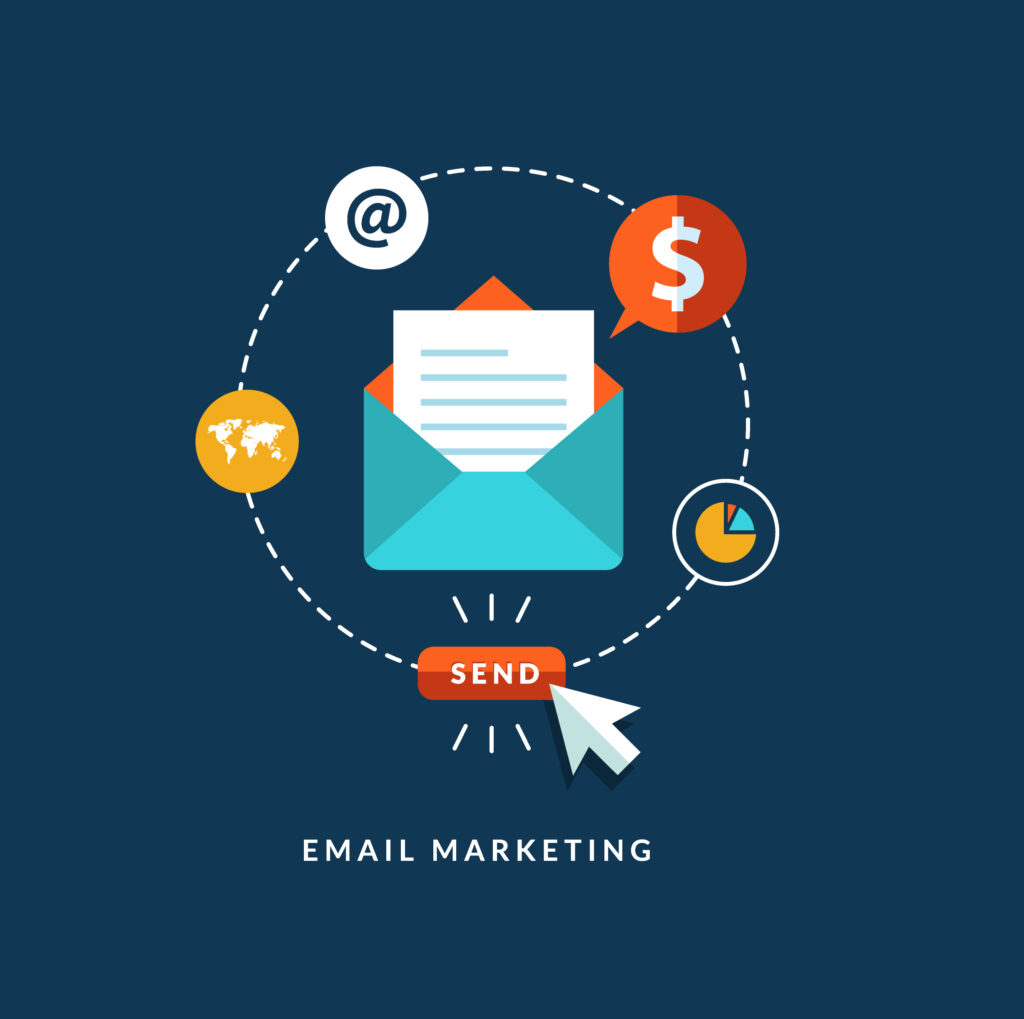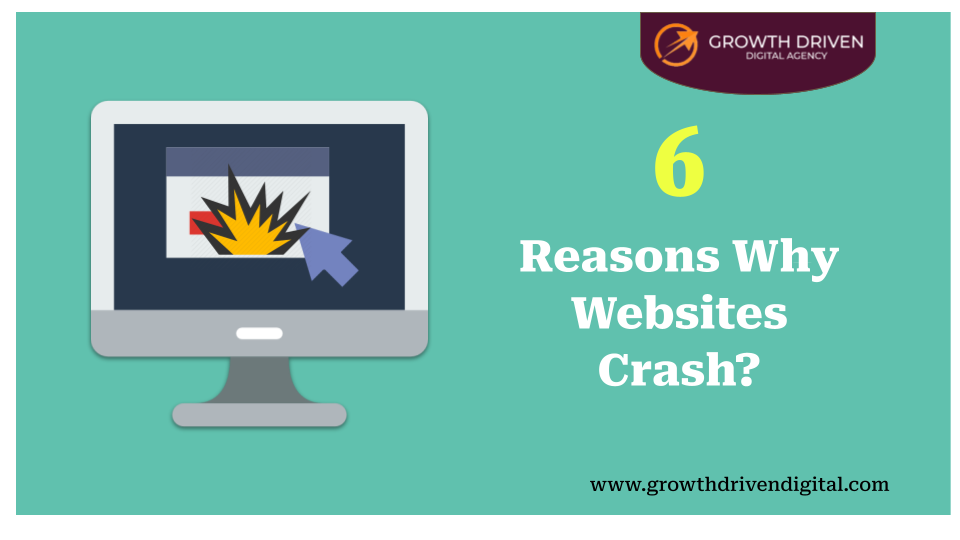Creating and sending email messages is one of the most common communication methods today, especially for business professionals. These email messages are used for communicating with other employees, businesses, new or existing customers, and even for workforce management. Businesses usually use email outreach programs to educate their audiences or acquire new customers and/or business opportunities. Thanks to the accessibility of email marketing services, chat support services and the intuitiveness of email as a communication channel, email outreach programs are a key tool in any business marketer’s arsenal. Read on to learn some useful tips that can help you improve the results you see from yours.
Create the Right Email Address
Setting up an appropriate email address is the first and most important step when starting a new outreach project or email marketing plan. It is usually common to use an email address that includes an employee’s name instead of just a broad departmental email address. These are far more personalized and can help create more personalized communication with the businesses or individuals you reach out to. With your newly created address, you can commence your outreach campaign, promote your work, and make useful business contacts.
Target People Interested in Your Business
Most entrepreneurs use outreach campaigns when trying to acquire new business opportunities and expand their revenue streams. An effective way to leverage email outreach campaigns is to contact the people who are already interested in your work, products, or services. With correctly worked emails you can nudge them into a purchasing decision, or at least develop a greater interest in your offerings. A key advantage of using email outreach programs is that they are quick and easy- no complicated printing or mailing processes are required. Additionally, you do not need any expensive or highly specialized equipment when running an email outreach campaign, which makes reaching out to your users extremely cost-effective.
Set Clear and Defined Goals
It is important to identify and set clear and unambiguous goals when starting an email campaign. For example, you should focus on identifying the number of emails you want to send each day and for how long you would like to keep sending them. In fact, it may be a good idea to set a limit on the number of email addresses you target in a single day. This way, you do not immediately exhaust your mailing list right at the beginning of your campaign. After setting your email limits, prepare your emails in line with what you want them to achieve. Make sure that your subject line catches the reader’s attention, and offers key information about what you plan on discussing in your message. It would also prove helpful to include links to your company’s website and landing pages at the bottom of each email message. This makes it easier for readers to land on your website and learn more about your work and projects directly from this contact address.
Focus on the Timing of Email Launches
After creating your email templates, you need to send them out into the world! But you should begin this process as early as possible for the best results. The right timing will allow you sufficient time to prepare for each new day of mailing. Also, be sure to send each new batch of emails at least once daily so that any interested people can respond if they would like to receive more information from you. Let people know when you plan to release upcoming projects or product launches, so they know when to expect new offerings and have time to respond if they have any questions. Take advantage of each new response is that you can continuously improve your campaign and tailor it toward the needs of the readership.
Never Ignore Email Responses
Always reply promptly; failure to acknowledge a reader’s reply within 24 hours can lead them to believe that the message was never received by the sender (the ‘junk mail’ option). This will lead them to lose interest in what you have to offer, indicating that a lot of time and effort has gone to waste. Instead, try to respond to each and every email that comes back as a result of your outreach programs.
Conclusion
Sending out email messages is an excellent way for entrepreneurs to reach out and connect with potential customers or clients. Outreach campaigns are easy and inexpensive making them a no-brainer for both smaller firms as well as larger organizations! Regularly reaching out to customers and businesses over emails makes it easier for audiences to remain aware of new products and services and develop new business opportunities! In conclusion, to increase the success of email outreach programs, you must focus on boosting response rates and using verbiage that makes it easier for audiences to quickly grasp what it is that you do.



